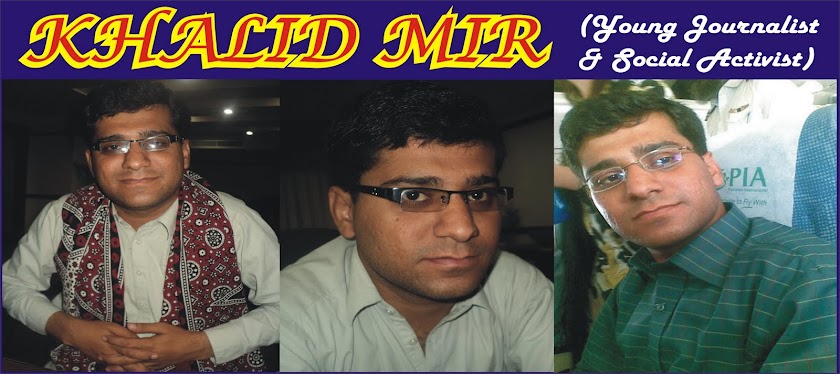District Jaffarabad:
The District named after Mir Jaffar Khan Jamali a Muslim league veteran from Balochistan and close friend of Muhammad Ali Jinnah. Jaffarabad is 2nd thickly population district of the Balochistan having about 0.64 million. Jaffarabad is link with main road to Sindh province. Its bounders link five Districts in south Shahdadkot and Jacobabad Sindh in north Naseerabad in west Jhal Magsi and in east Dera Bugti.
Jaffarabad is a plain agricultural area. The length of district Jaffarabad is about 234 kilo meters, while width varies from 3 to 30 km. The District is link up with railway and highway. Before the creation of Jaffarabad district during the one unit period this area was of Jacobabad district Sindh province. On the dissolution of one unit in 1970 it was included in Sibi district till January 1975. In 1975 Naseerabad came into existence, JhatPat was included in Naseerabad district. In 1987 it was notified as district Jaffarabad. It gets low rain full, varying from 50 to 150 mm per year. There are few important canals which pass and flow in district.
Dera Allah Yar (JhatPat) is its Head Quarter situated at the distance of 300km from provincial head quarter Quetta. The district was notified 1st July 1987 and on 31st December 2000 it was abolished and merges into Naseerabad district. On 2nd December 2002 it was restored after merger into Naseerabad district. Total area of Jaffarabad is 2445 sq km. According to current survey of (PPHI) District population is 627477, but in 1998 population was 432817. According to new current report there are 51.01% are male and 48.99% are female. The birth growth rate is 2.92%. Urban population is 20% and rural population is 80%. The recently built highway, there are no good transport services. The most facilities for transport are Bus, Rickshaw, Van and etc. Total Tehsil of District are four (Dera Allah Yar (JhatPat), Usta Muhammad, Sohbat Pur and Gandakha) District Jaffarabad consist four Tehsils, forty six Union councils and 235 villages.
The culture of this area under the Balochi and Sindhi set up. It is completely encompassed by tribal and feudal system the languages are spoken in this area Balochi, Seraiki, Sindhi, Brahvi, and Urdu.
Family System:
There are nuclear family systems in both areas. Families are living as nuclear family system. Average marriage age for men is 16 to 18 and for women is 14 to 16 years. Parents arrange marriages. Groom has to pay ‘Lab’ (Bride price) to the parents of bride. The amount of Lab rouges from Rs. 80,000 one lake. It is demand of female parents.
Wata Sata:
There is a system of wata Sata (Exchange marriages) in both areas. It is very famous and strongly used in but it is more strongly practiced lower middle classes.
SiahKari (Honor killing):
SiahKari is also very common norm. This is mostly happening. People kill there sisters, waves and relatives in name of “SiahKari”, in one month five/ six cases always happen.
Gender condition:
There is male dominated society and women are not involved in decision making process and are even consoled not when children are married. The consent is not obtained from the girls when are married Early marriages are another gender problem and girls can not get higher education.
Source of Income:
Agriculture, Livestock, Restaurant, Shops, Rice Mills and generating skills are major sources of income.
***************
BALOCHISTAN
Balochistan (بلوچستان) is the largest province by geographical area of Pakistan, constituting approximately 43% of the total area of Pakistan. At the 1998 census, Balochistan had a population of roughly 6.6 million.Covering a sizable portion of the country, it is Pakistan's largest province, as well as its poorest and least populated. Balochistan is rich in mineral resources.
